ER-015899 Â Â 3A-110048
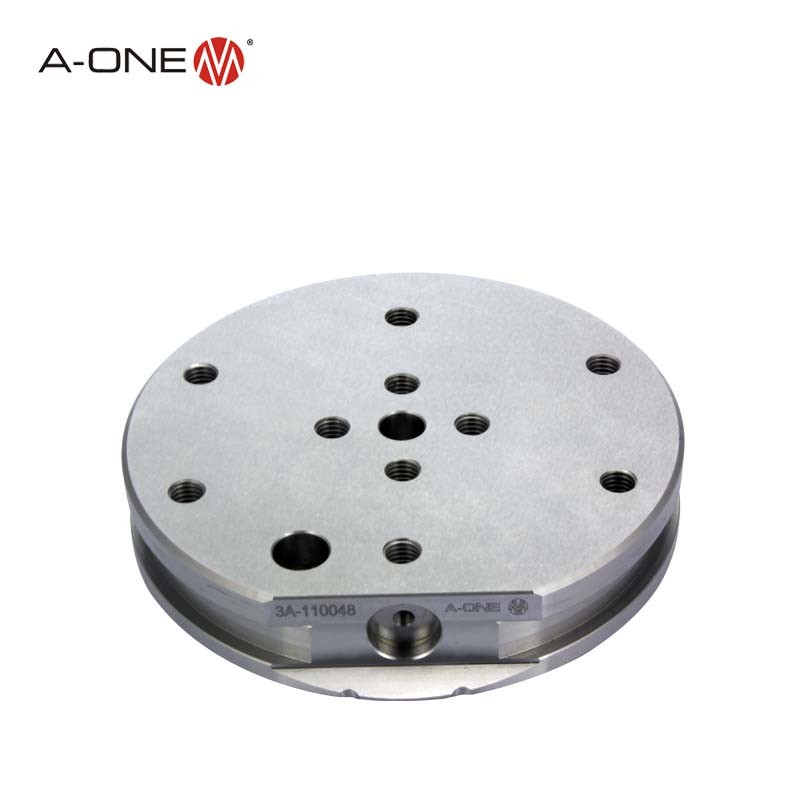
Detailed Description:
| Version | Stainless steel, corrosion-resistant. Centering is integrated into the pallet. |
| Application | Designed for use on all A-One power chucks and production chucks. It is ideal for securing workpieces and fixtures during chip-cutting machining processes. |
| Mounting | Can be mounted through the pallet using M8 bolts or through a blank using M10 bolts. |
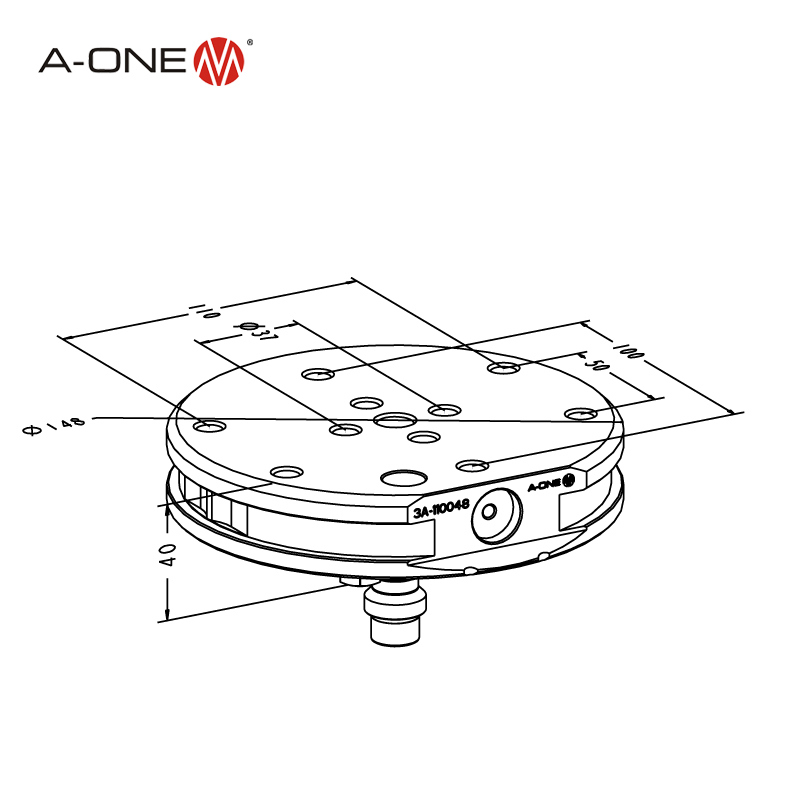
Product Advantages:
| Fast | Clamping can be done in seconds, significantly reducing manual labor and saving time compared to traditional methods. |
| Save | Saves alignment time, making it suitable for various and special workpiece processing. Enables free preset and external detection. |
| Precision | Features a unique standard interface for precise and repeatable positioning. |
Company Advantages:
Our company is equipped with advanced production facilities, including JUNG form grinding machines, ELB high-precision surface grinders from Germany, MOORE jig grinders from the USA, internal and external grinders and thread grinders from Switzerland, as well as OKUMA machining centers and TSUGAMI CNC machines from Japan.
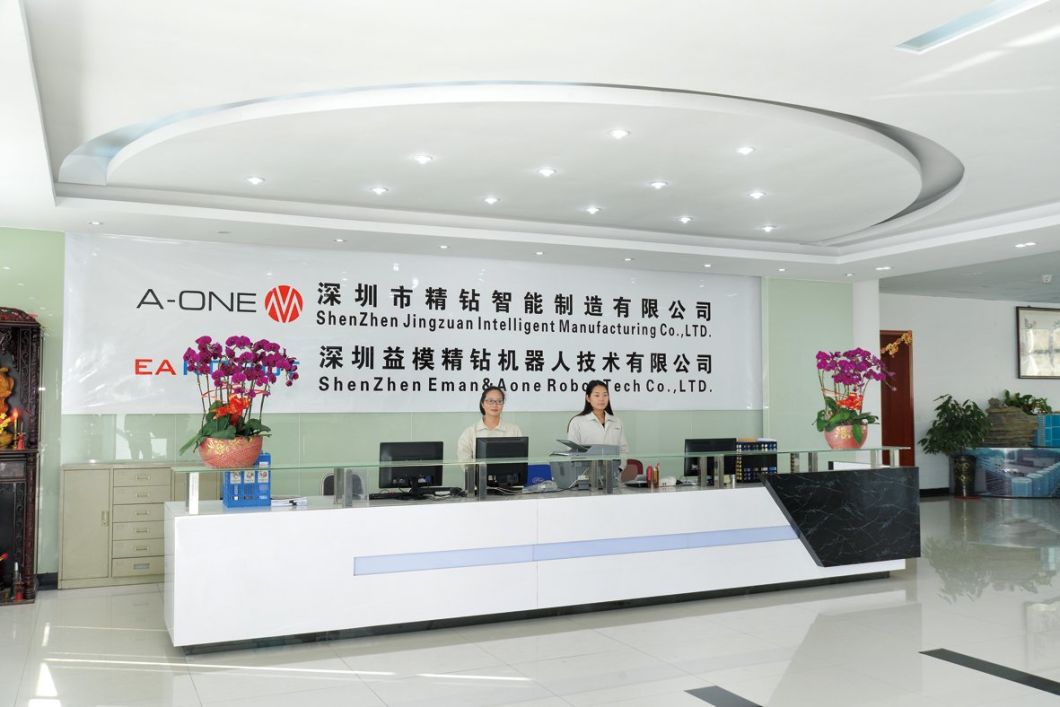
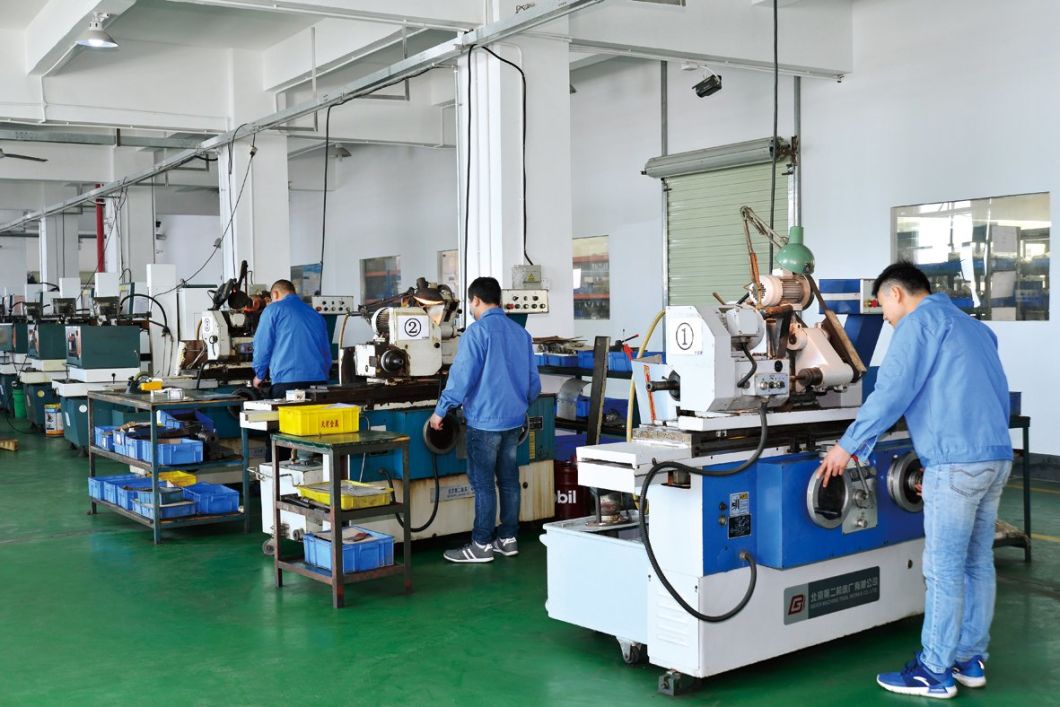
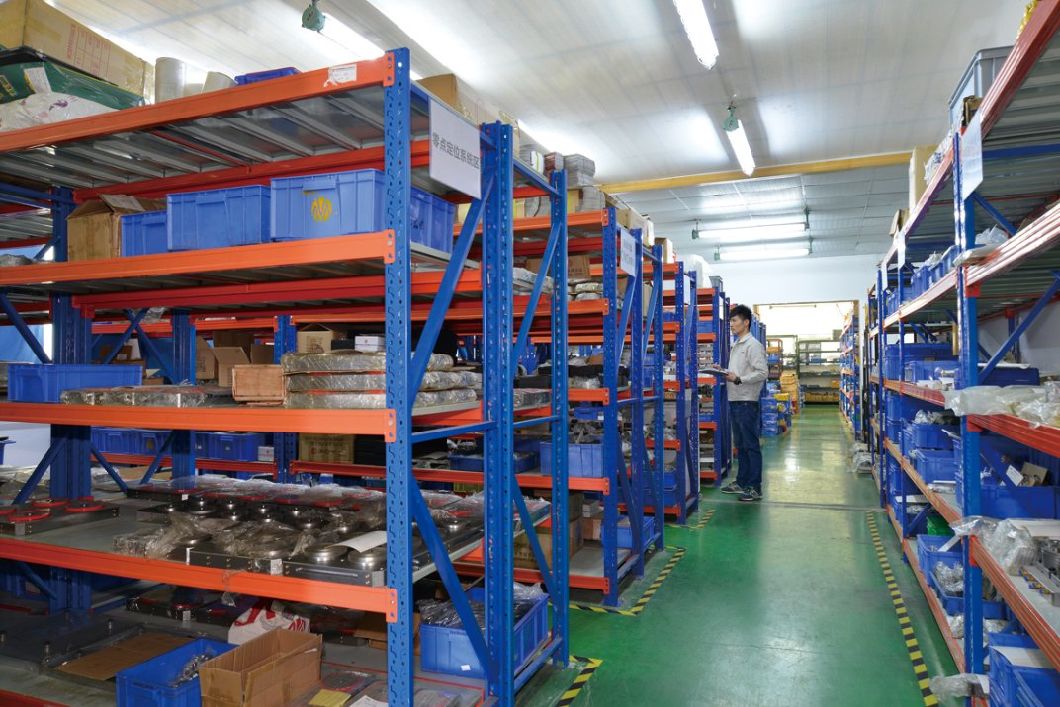
Delivery Time:
1-3 days for sample orders, 3-7 days for official orders
Why Choose Us?
1. Lowest production cost available in the market.
2. Flexible production plans tailored to your needs.
3. High-quality manufacturing ensured by strict quality control.
If you are interested in our products, feel free to contact us anytime!
Thank you for visiting our page!
Construction Hoist Electrical Parts
Some common electrical parts used in construction hoists include:
1. Control panel: This is the main electrical component that allows the operator to control the movement of the hoist. It typically includes switches, buttons, and indicators for various functions such as raising, lowering, and stopping the hoist.
2. Motor: The motor is responsible for providing the power to operate the hoist. It converts electrical energy into mechanical energy to lift and lower the load.
3. Limit switches: These switches are used to set the upper and lower limits of the hoist's movement. They help prevent the hoist from overtraveling and causing damage.
4. Emergency stop button: This is a safety feature that immediately stops the hoist's operation in case of an emergency or malfunction.
5. Overload protection: This is a safety mechanism that automatically stops the hoist if it exceeds its maximum load capacity. It helps prevent accidents and equipment damage.
6. Electrical cables and wiring: These components connect the various electrical parts of the hoist, allowing for the transmission of power and control signals.
7. Circuit breakers and fuses: These protective devices are used to prevent electrical overload and short circuits. They automatically cut off the power supply in case of excessive current flow.
8. Voltage regulator: This device ensures a stable and consistent supply of electrical power to the hoist, protecting it from voltage fluctuations.
9. Sensors: Various sensors, such as proximity sensors or limit switches, are used to detect the position, speed, or presence of objects in the hoist's path. They provide feedback to the control system and help ensure safe and efficient operation.
10. Wiring connectors and terminals: These components are used to connect and secure the electrical wires in the hoist, ensuring reliable and safe connections.
The specific electrical parts used in a Construction Hoist may vary depending on the manufacturer and model. It is always recommended to refer to the hoist's user manual or consult with a professional for accurate information.
Construction Hoist Motor,Construction Hoist Limit Device,Construction Hoist Electric Parts,Construction Hoist Reducer,Sliding Contact Line
SHEN YANG BAOQUAN , https://www.bq-cranes.com